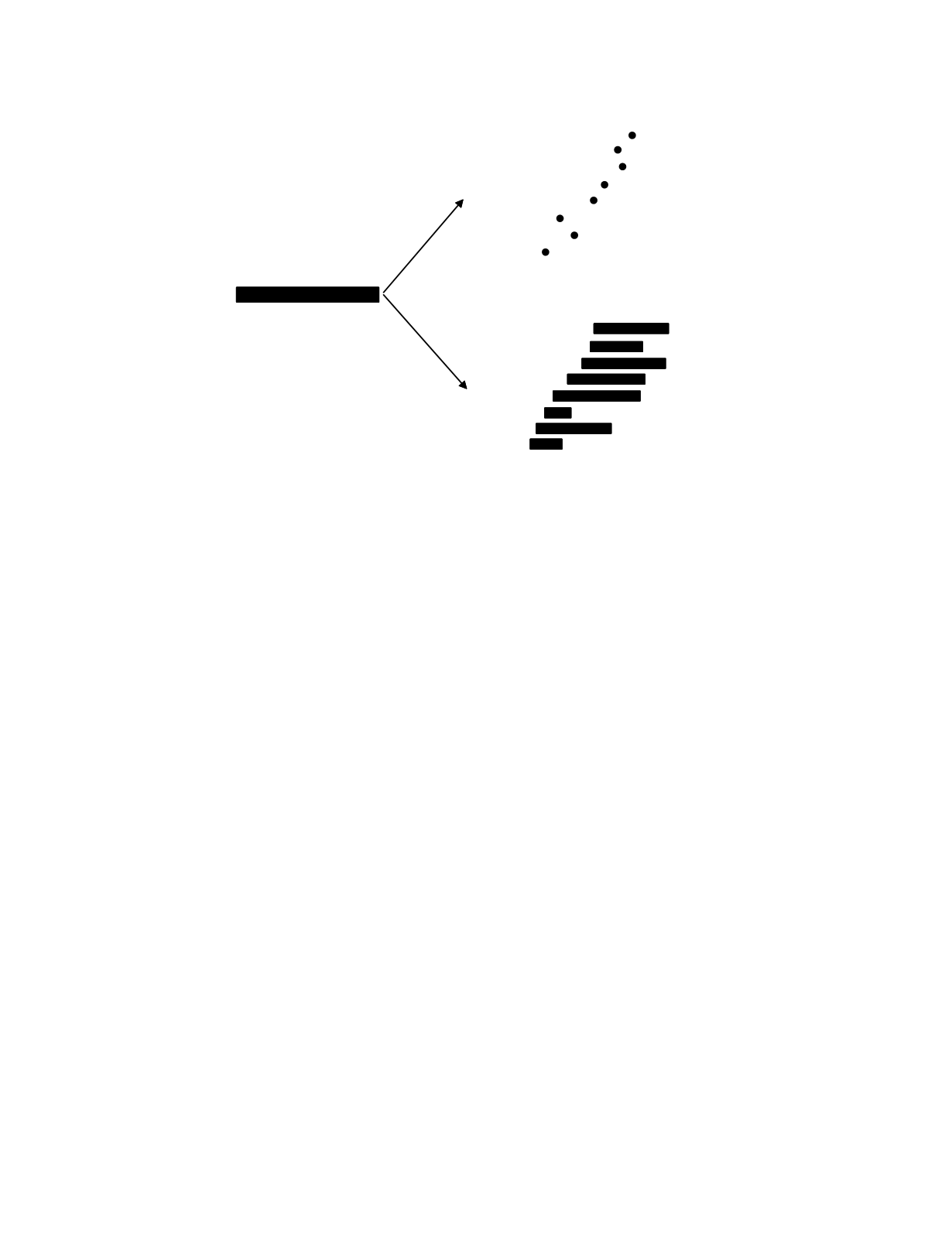
nomogram of the formula has been proposed (Noe
1991). Using that nomogram, the body surface area
is determined to be 1.64 m
2
. As expected, the same
value is derived using each of the different
approaches for its calculation.
VARIABILITY IN LABORATORY RESULTS
A laboratory measurement performed upon
many different individuals or upon a single individ-
ual many times will show differences in the magni-
tude of the entity measured, that is, there will be
measurement variability. This variability comes
from a number of sources: biologic variability,
preanalytic variability, analytic variability, and
postanalytic variability.
Sources of variability
Biologic variability is due to the heterogeneity of
physiologic influences among individuals and in
individuals over time. It is distinguished from other
sources of variability in that it cannot be controlled
to reduce its effect. The two components of biologic
variability are interindividual variability and intrain-
dividual variability. Interindividual variability
alludes to differences in the magnitude of a measure-
ment among individuals. Important sources of inter-
individual variability include race, sex, and age.
Intraindividual variability refers to differences in the
results of a study in one individual when
determinations are made at different times.
Typically, intraindividual variability is smaller than
interindividual variability. Consequently, interindi-
vidual variability largely determines the total
biologic variability. This finding is illustrated in
Figure 1.2. For eight individuals, here numbered
one through eight, the range of a set of replicate
laboratory studies is shown. This range is separated
into its component parts: the interindividual compo-
nent, i.e., the range of average study results among
the individuals, and the intraindividual component,
i.e., the range of study results for each individual.
Clearly here the interindividual variability contrib-
utes more to the total variability. Indeed, even if
there were no intraindividual variability at all, the
total range of study results would not be lessened
very much.
Preanalytic variability is due to physiologic
influences that can be controlled in the individual
upon whom the measurement is made. It also results
from the effects of specimen collection and handling,
factors that can be controlled by the laboratory.
Important sources of physiologic preanalytic
variability and, therefore, important considerations
in patient preparation include: time of day, food
intake (including caffeine and ethanol-containing
beverages), physical exercise, and drug therapy
(including self prescribed drugs). As a rule, it is
recommended that laboratory studies be performed
in the morning following an overnight fast.
Laboratory-based Medical Practice
1-5
8
7
6
5
4
3
2
1
Average results
8
7
6
5
4
3
2
1
Range of results
Subject number
Subject number
Range of results
for all individuals
Figure 1.2
Separating inter- from intraindividual measurement variability


